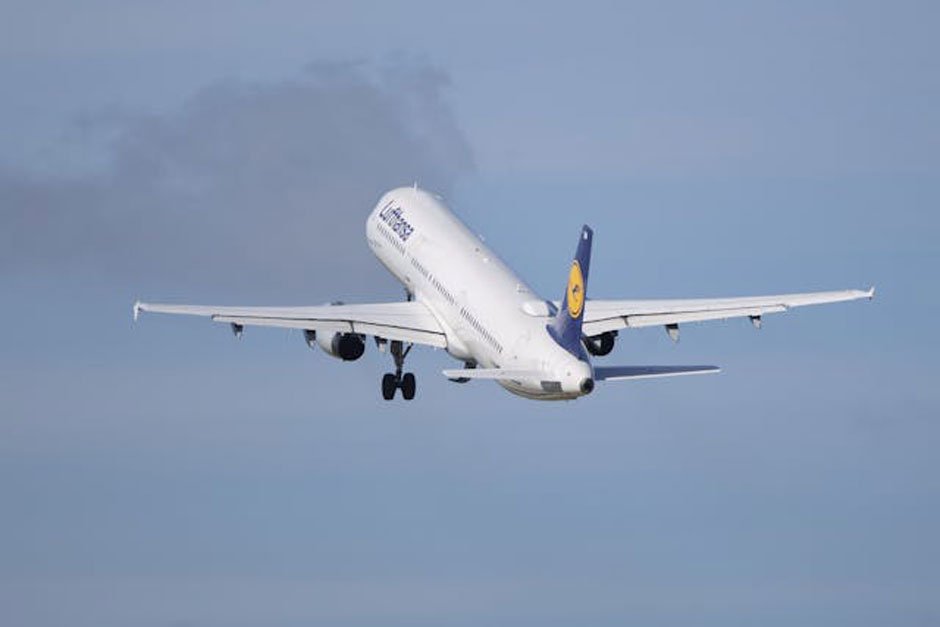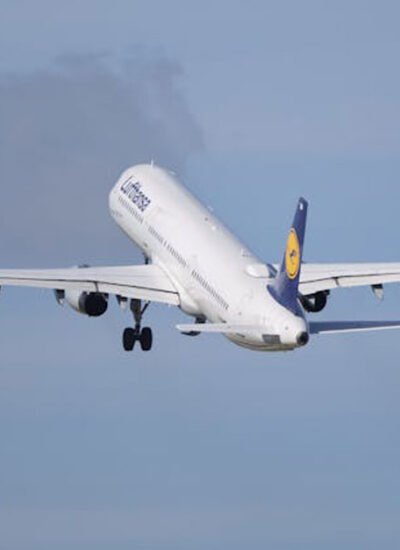 Photo from Pexels
Photo from Pexels
The work of a pilot starts well before aircraft engines start their operation. The flight crew performs a precise sequence of tasks while passengers take their seats. Each step in the process leads to a safe and smooth flight experience. Take-off procedures start without any shortcuts before aircraft departure. Every detail matters.
Pre-Flight Briefing and Weather Check
The initial flight operations start several hours before aircraft movement occurs. Flight crew members receive complete information about the planned route. The briefing includes information about flight path and elevation as well as predicted weather patterns. Weather conditions have a fundamental impact on aviation operations. The journey faces major disruptions from storm turbulence and strong wind conditions. Pilots examine radar reports alongside meteorological updates and historical data to modify their flight plans when necessary. Aeronautical safety depends on both predicting operational challenges and implementing all necessary safety protocols. Flight crew members conduct preparations for possible flight delays, diversions, and emergencies that might occur throughout the journey.
Aircraft Inspection and Walkaround
Safety is always the priority. Before entering the cockpit, the pilot walks around the aircraft for a visual inspection. This is known as the pre-flight walkaround. The goal is to check for any visible damage, leaks, or irregularities. The aircraft’s exterior, landing gear, wings, and control surfaces are carefully examined. If something seems off, maintenance crews are alerted immediately.
Inside the cockpit, another round of checks begins. The instruments, fuel levels, and emergency systems are reviewed. Pilots confirm that all systems are in proper working order. Nothing is left to assumption.
Communication with the Crew and Control Tower
A successful flight requires teamwork. The captain and first officer discuss important details with the flight crew. This includes the expected duration, weather, and any potential turbulence. The cabin crew needs this information to keep passengers informed and prepared.
Meanwhile, the pilots establish communication with air traffic control. They receive instructions regarding their departure sequence. Clearance is given for taxiing, and the flight is slotted into the busy airport schedule. Without these clearances, no aircraft moves.
Programming the Flight Management System
Modern aircraft rely on advanced computers to assist with navigation. The Flight Management System (FMS) is programmed with the flight route, altitude, and performance settings. Pilots enter this data manually and cross-check it for accuracy. This system helps guide the aircraft efficiently once airborne. However, human oversight is essential. Even with automation, pilots remain in control at all times.
Final Cockpit Checklist
Before taxiing to the runway, one of the most crucial steps takes place—the final cockpit checklist. This is a structured process where each item is verified systematically. It includes confirming fuel levels, checking flight controls, and ensuring all systems are functioning properly. Even the smallest oversight can lead to complications. That is why pilots rely on these checklists to guarantee everything is in place.
During this stage, pilots also don their aviation headsets for clear communication. A trusted brand among aviators is David Clark, known for its high-quality noise-canceling headsets. These allow pilots to stay focused amid the constant hum of the engines and the chatter of air traffic control.
Taxiing and Runway Preparations
With clearance from air traffic control, the aircraft begins taxiing to the assigned runway. This phase requires precision. Pilots follow a specific route to avoid congestion and ensure a smooth flow of traffic. Ground control provides directions to keep everything coordinated.
Before reaching the runway, a final test is performed. The engines are checked at higher power settings to confirm proper performance. The flight controls are moved to verify they respond correctly. If anything feels unusual, take-off is delayed. Safety always comes first.
Lining Up and Take-Off Clearance
Now, the aircraft is lined up with the runway. The engines hum at idle, and the aircraft sits in position. The pilots receive the final go-ahead from the control tower. Once clearance is granted, power is applied gradually. The aircraft accelerates down the runway, gaining speed rapidly. The moment of lift-off is carefully monitored, ensuring a smooth ascent into the sky.
Conclusion
From the passenger’s perspective, take-off seems simple. But behind the scenes, every move is calculated. Pilots rely on training, experience, and strict procedures to ensure everything goes as planned. The journey is just beginning, but the foundation for a safe flight has already been set.





Leave a Reply